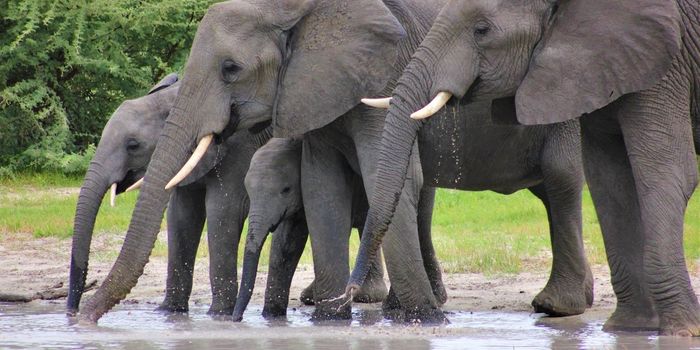Few key features distinguish a face: a pair of eyes, a nose, and a mouth. But while everyone has these features, how does our brain distinguish the face of a friend versus a face of a stranger? And even more strange, how does the brain often remember a face but forget a name?
As it turns out, face recognition is a highly sophisticated neurological process that involves very specific regions of the brain. The most dedicated region to this task is known as the fusiform gyrus, which is located in the temporal lobe of the brain. This region "lights up" when people are asked to identify faces. More impressively, electrodes that disturbed this region's functions also interfered with a person's ability to recognize a face. Once the stimulation halted, the person's ability to see a face was restored. Notably, during stimulation, everything else was perceived as normal, except for faces.
Facial recognition software technologies exist that mimic how the brain processes a face. But arguably, none of these technologies can fully replicate how the power of the brain, which takes milliseconds to identify a face to inform us on the identity, age, gender, race, attractiveness, and even the intention of a person.








